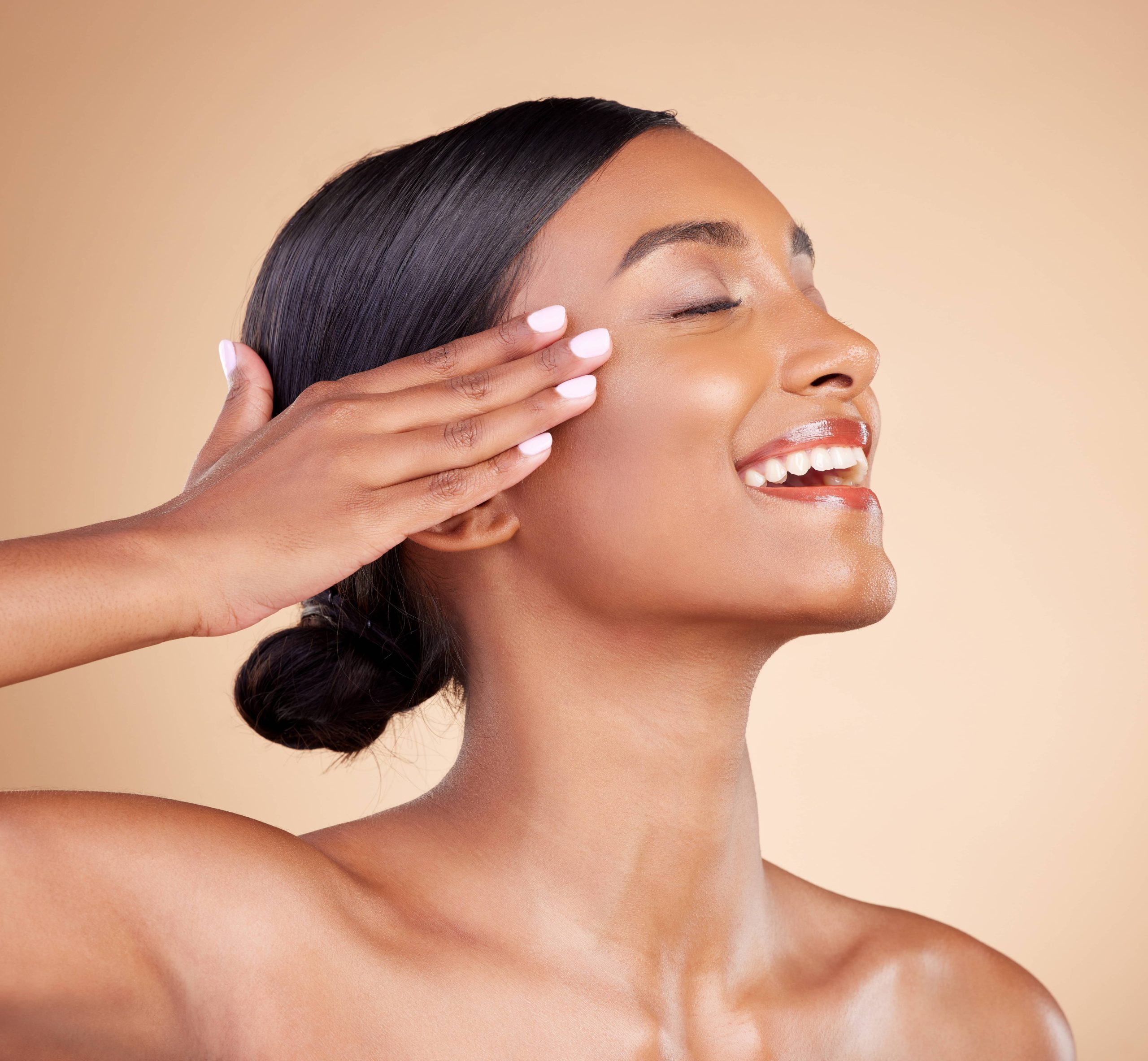
In the ever-evolving world of skincare, one question that consistently bubbles to the surface is how to optimize our daily routines to achieve that coveted healthy glow. A common point of debate among dermatologists, beauty experts, and skincare enthusiasts alike is the distinction between morning and night skincare regimens. Are both necessary, or is one more important than the other? Let’s delve into the components, benefits, and potential pitfalls of each to determine the best approach for your skin’s needs.
The Morning Skincare Routine
The primary purpose of a morning skincare routine is protection. Throughout the day, our skin encounters a myriad of environmental aggressors—sun exposure, pollution, blue light from screens, and debris in the air. A well-structured morning regimen ensures your skin is shielded and ready to face the world. Here’s a closer look at what a typical morning routine might entail:
1. Cleansing: Start with a gentle cleanser to remove any excess oil or sweat accumulated overnight. This step is crucial to create a fresh canvas for the products that follow.
2. Toner: Applying a toner can help balance your skin’s pH levels and prepare it for subsequent treatments. Choose one with hydrating or exfoliating properties based on your skin type.
3. Antioxidant Serum: Vitamin C serums are popular morning additions, providing an antioxidant boost to protect against free radicals. These serums can also brighten the complexion and even out skin tone.
4. Moisturizer: Hydration is key. A lightweight moisturizer helps maintain the barrier and keeps your skin supple throughout the day. For oily skin, a gel-based formula might be best, while those with dry skin may prefer a richer cream.
5. Sun Protection: This step is arguably the most crucial. A broad-spectrum sunscreen with SPF 30 or higher is imperative to shield your skin from harmful UV rays, preventing premature aging and reducing the risk of skin cancer.
The Night Skincare Routine
While the morning routine focuses on protection, the night routine aims to repair and rejuvenate. During sleep, your skin goes into recovery mode, making the evening an optimal time to support its natural regenerative processes. Let’s explore the components of a typical evening regimen:
1. Makeup Remover/Cleanser: Begin with an oil-based makeup remover or micellar water to dissolve makeup and sunscreen, followed by a thorough cleanse to eliminate impurities and excess oil.
2. Exfoliation: Two to three times a week, incorporate a gentle exfoliant to remove dead skin cells and promote cell turnover. This step can enhance the absorption of subsequent products.
3. Treatment Serums: Nighttime is perfect for treatment serums, such as retinoids, AHAs, or BHAs, which can address concerns like acne, fine lines, or hyperpigmentation. Start with a low concentration and gradually increase usage to prevent irritation.
4. Eye Cream: The skin around the eyes is delicate and prone to signs of aging. An eye cream with peptides or hyaluronic acid can help combat puffiness and dark circles.
5. Moisturizer or Night Cream: Lock in moisture with a nourishing night cream. Look for ingredients like peptides, ceramides, and sleep masks that provide an added layer of hydration and support overnight skin repair.
Morning vs. Night: Which is More Important?
Determining which routine—morning or night—holds more significance largely depends on individual skin concerns, lifestyle, and environmental factors. Both routines serve distinct purposes, and for most people, a balanced combination of the two yields the best results.
Individuals Prioritizing Protection: If your lifestyle exposes you to significant environmental stressors, like city living with high pollution or spending a lot of time outdoors, emphasizing a robust morning routine might be crucial. Sunscreen and antioxidants play a pivotal role in safeguarding your skin throughout the day.
Focusing on Repair and Rejuvenation: Conversely, if you’re targeting specific skin issues such as aging, acne, or uneven texture, a dedicated night routine with active ingredients can be transformative. The skin’s recovery process is heightened during sleep, making nighttime the ideal opportunity for intensive treatments.
Balancing Both Routines
Instead of choosing one over the other, harmonizing both routines according to your skin’s needs might offer the ultimate solution. Here’s how to strike a balance:
– Listen to Your Skin: Pay attention to how your skin responds to both routines. It’s essential to adjust your regimen as per seasonal changes, hormonal fluctuations, and lifestyle alterations.
– Seek Professional Advice: For personalized guidance, consider consulting a dermatologist or skincare professional. They can recommend products and routines tailored to your skin’s specific requirements.
– Keep It Simple: Don’t overcomplicate your regimen with too many products, as this could overwhelm your skin. Focus on key ingredients that address your concerns without causing irritation.
Conclusion
Ultimately, the best skincare routine is one that suits your individual needs, goals, and lifestyle. While both morning and night regimens are vital in their own right, a complementary approach harnessing the strengths of each can lead to healthier, happier skin. Remember, consistency is key. Whether you’re embarking on a morning ritual to guard against environmental damage or indulging in a nighttime routine to rejuvenate and repair, staying committed to your skincare journey will reap the greatest rewards. After all, beauty begins with a commitment to self-care and the desire to present the best version of yourself. Happy glowing!



